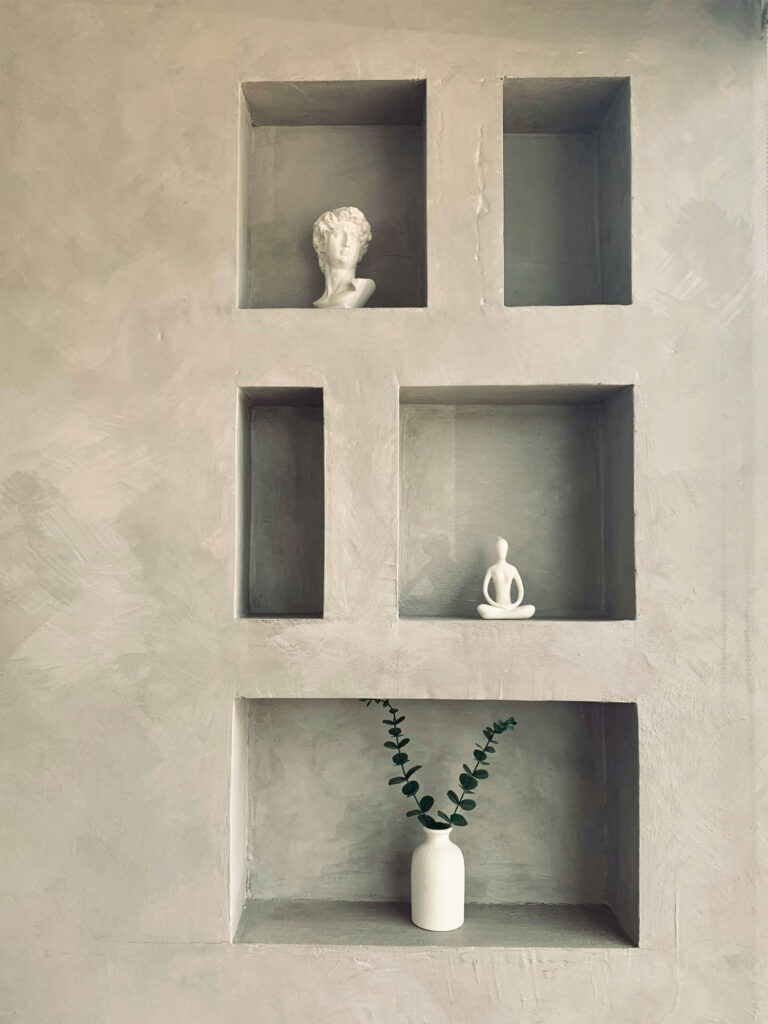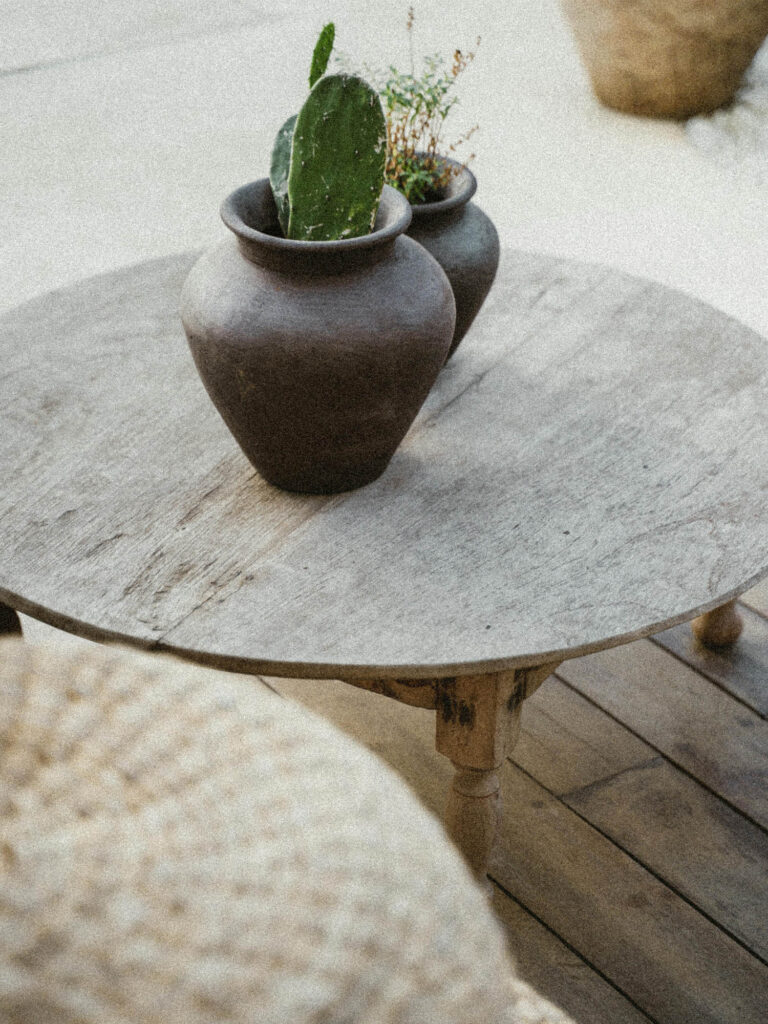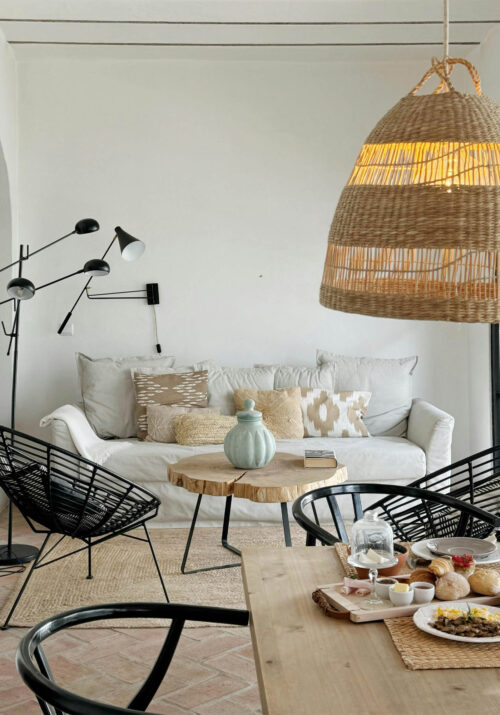As an interior designer, I’ve seen firsthand that choosing the right texture can transform a space—adding depth, contrast, and a sense of balance that elevates any design. From smooth, sleek surfaces to rough, tactile materials, texture influences how a room looks and feels, playing a key role in its overall ambiance. In this guide, we’ll dive into how to choose textures for various interior finishes, explore popular options, and discuss how combining different textures can create a rich, layered environment that feels both harmonious and visually engaging.

This post may contain affiliate links, meaning we could earn a small commission if you make a purchase through our links, at no extra cost to you. You can read our full disclosure here. Thank you for supporting Alagu Home!
Understanding Texture in Interior Design
Texture refers to the surface quality of materials, encompassing characteristics such as smoothness, roughness, softness, and sheen. It adds depth, visual interest, and tactile appeal to a space, allowing you to create contrast and balance within your design. Understanding how different textures interact with one another and with light is essential for achieving the desired aesthetic and mood in a room.
Factors to Consider When Choosing Texture
Several factors should be taken into account when selecting the right texture for your finishes:
Functionality: Consider the practical aspects of the space. For high-traffic areas like kitchens and entryways, durable and easy-to-clean textures such as smooth tiles or hardwood flooring are ideal. In contrast, for cozy spaces like bedrooms or lounges, softer textures like plush carpets or velvet upholstery can create a welcoming atmosphere.
Style and Theme: The texture should complement the overall style and theme of your design. For example, in a rustic-themed interior, textured finishes like distressed wood or stone can add authenticity and warmth. In modern or minimalist spaces, sleek and polished surfaces such as glossy tiles or metallic accents may be more appropriate.
Lighting Conditions: Texture interacts with light in various ways, influencing the ambiance of the room. Matte finishes diffuse light, creating a soft and understated look, while glossy surfaces reflect light, adding brightness and visual impact. Consider the natural and artificial lighting in the space when choosing textures to achieve the desired effect.
Scale and Proportion: The scale of the texture should be proportionate to the size of the space and its furnishings. In smaller rooms, large-scale textures can overwhelm the senses, while in larger spaces, they can add drama and interest. Similarly, balancing different textures within a room ensures visual harmony and prevents monotony.
Elevate your interiors by choosing the right texture to create a cozy, layered look—keep reading for expert tips on texture in home design!

Popular Texture Options for Interior Finishes
Now, let’s explore some popular texture options for various interior finishes:
Walls: Textured wall finishes such as Venetian plaster, exposed brick, or wallpaper with raised patterns add dimension and character to a room. Consider the overall style and mood you want to convey when choosing wall textures.
Floors: From hardwood and laminate to carpeting and tiles, flooring materials come in a wide range of textures. Choose a texture that complements the function of the space and coordinates with the rest of the design elements.
Furniture and Fabrics: Upholstered furniture and soft furnishings like cushions and throws introduce tactile textures into a room. Opt for fabrics with varying textures, such as linen, velvet, or leather, to add visual interest and comfort.
Accessories and Accents: Decorative accessories such as vases, sculptures, and textiles contribute to the textural richness of a space. Mix and match different materials like wood, metal, glass, and ceramics to create a layered and dynamic look.
Final Thoughts
Choosing the right texture for your interior finishes requires careful consideration of factors such as functionality, style, lighting, and scale. By understanding the role of texture in design and exploring a variety of texture options, you can create spaces that are visually appealing, comfortable, and reflective of your unique aesthetic preferences.
Whether you prefer the tactile warmth of natural materials or the sleek sophistication of polished surfaces, the right texture can elevate your design to new heights.














